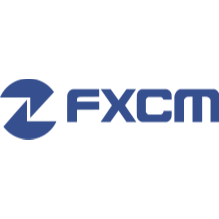Face Value
The nominal value or dollar value of a security stated by the issuer. For stocks, it is the original cost of the stock shown on the certificate. For bonds, it is the amount paid to the holder at maturity (generally $1,000). Also known as "par value" or simply "par".
Taobiz explains Face Value
In bond investing, face value, or par value, is commonly referred to the amount paid to a bondholder at the maturity date, given the issuer doesn't default. However, bonds sold on the secondary market fluctuate with interest rates. For example, if interest rates are higher than the bond's coupon rate, then the bond is sold at a discount (below par). Conversely, if interest rates are lower than the bond's coupon rate, then the bond is sold at a premium (above par).
熱門資訊更多
2024,去哪上市?
04/28 11:00
投資人說
NZD/JPY 當日內: 看漲,當 93.50 爲支撐位。
04/27 01:50
KVB昆侖國際
NZD/JPY 當日內: 看漲,當 93.50 爲支撐位。
04/27 01:50
KVB昆侖國際
美元/日元 當日內: 看漲,當 157.37 爲支撐位。
04/27 01:49
KVB昆侖國際
GBP/AUD 當日內: 有上漲的可能,目標價位定在 1.9216 。
04/27 01:49
KVB昆侖國際
英鎊/美元 當日內: 看跌,在 1.2510 之下。
04/27 01:49
KVB昆侖國際







